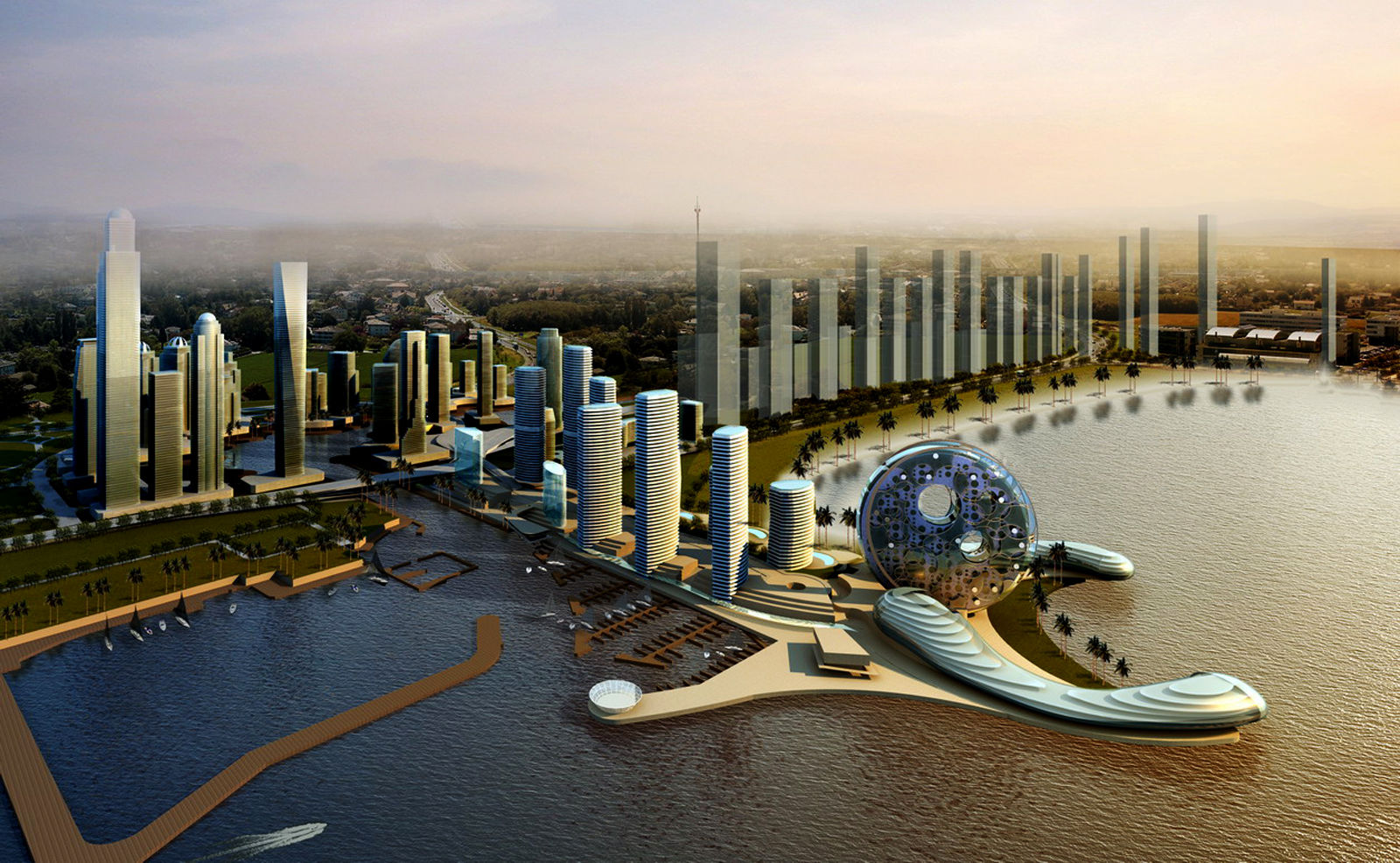
Futuristic Buildings
FB | Today's Technology is Solving Yesterday's Problems

The primary purpose of buildings is to protect us from external conditions. However, in the case of natural disasters such as earthquakes and hurricanes, it is the collapse of buildings that often lead to fatalities.
Despite the earthquake early warning system, the 2011 Tohoku earthquake in Japan took the lives of about 10,000 people. Damages to infrastructure were estimated to be in excess of $235 billion(USD) (Zhang, 2011). Hurricane Sandy have also caused the lost of many lives and substantial damage to buildings. Such disasters have raised major concerns about our building’s abilities to withstand and quickly recover from these catastrophes.
Furthermore, natural disasters are happening at an increasing frequency. This further emphasizes the need for stronger and better building structures.
Collapse of Buildings

Engineering and Design
As a result, it is clear that engineering has to come in to improve the building’s resistance to these natural disasters. The design criteria used to create the infrastructure that surrounds us today is based on what has happened in the past regarding factors such as weather and seismic activity. However, with changing weather patterns, history does not reflect our future. We have to change how we design and build.
But first let us go through the construction process. Before a major construction project begins, engineers must first evaluate the seismic activity of the building site. Based on the seismic report, they must then adhere to the appropriate building codes. In high-hazard areas, there are more rigorous standards when designing buildings to make sure they can withstand earthquake shaking. This can help prevent unexpected failures of structures like in cases of earthquakes. At the same time, in low-hazard areas, engineers are spared from overdesigning buildings that have a low probability of experiencing severe ground motion as the result of an earthquake.
Once engineers determine the seismic risks of a site, they must propose an appropriate building design. In general, for earthquake prone areas, the structures will be detailed to perform in a ductile manner. Seismic engineers also prefer to keep buildings symmetrical so that forces are distributed equally throughout the structure (Asiri et al., 2010).
For Hurricanes, their effects will be greatly reduced by using wind dampers. An example would be Tapei 101, a 101-story structure in Taiwan that was built near a massive fault line. It's designed to withstand not only earthquakes, but also the country's frequent typhoon-force winds. It has a massive 700 ton internal pendulum that swings as the building sways so as to neutralise the earthquake and typoon forces (Harris, n.d.).

Source: http://science.howstuffworks.com/innovation/science-questions/buildings-earthquake-proof2.htm
